From the earliest fishing books to 21st Century memes, anglers have always loved a catchy saying or sage piece of advice. But of those that have stuck in our minds, are many of them actually true?
Here are some of the most memorable, along with a generous pinch of salt...
“When the wind is in the east, the fish bite least. When the wind is from the west, the fish bite best”
This saying is possibly as old as the wind itself, but is it true or just a bunch of hot air? Well, if we look at Britain, in particular, there’s a certain logic to it. Winds from an easterly or northerly direction tend to be cooler, leading to less active fish.
Westerly and southerly winds, on the other hand, tend to come from warmer zones, like southern Europe, and are often conducive to excellent fishing. Fish like carp, bream and tench are especially likely to feed on a big westerly wind, provided you’re brave enough to fish into it.
Verdict: More than an inkling of truth!
THE BEST FISHING HOODIES WILL KEEP YOU COMFORTABLE IN ADVERSE WEATHER CONDITIONS.
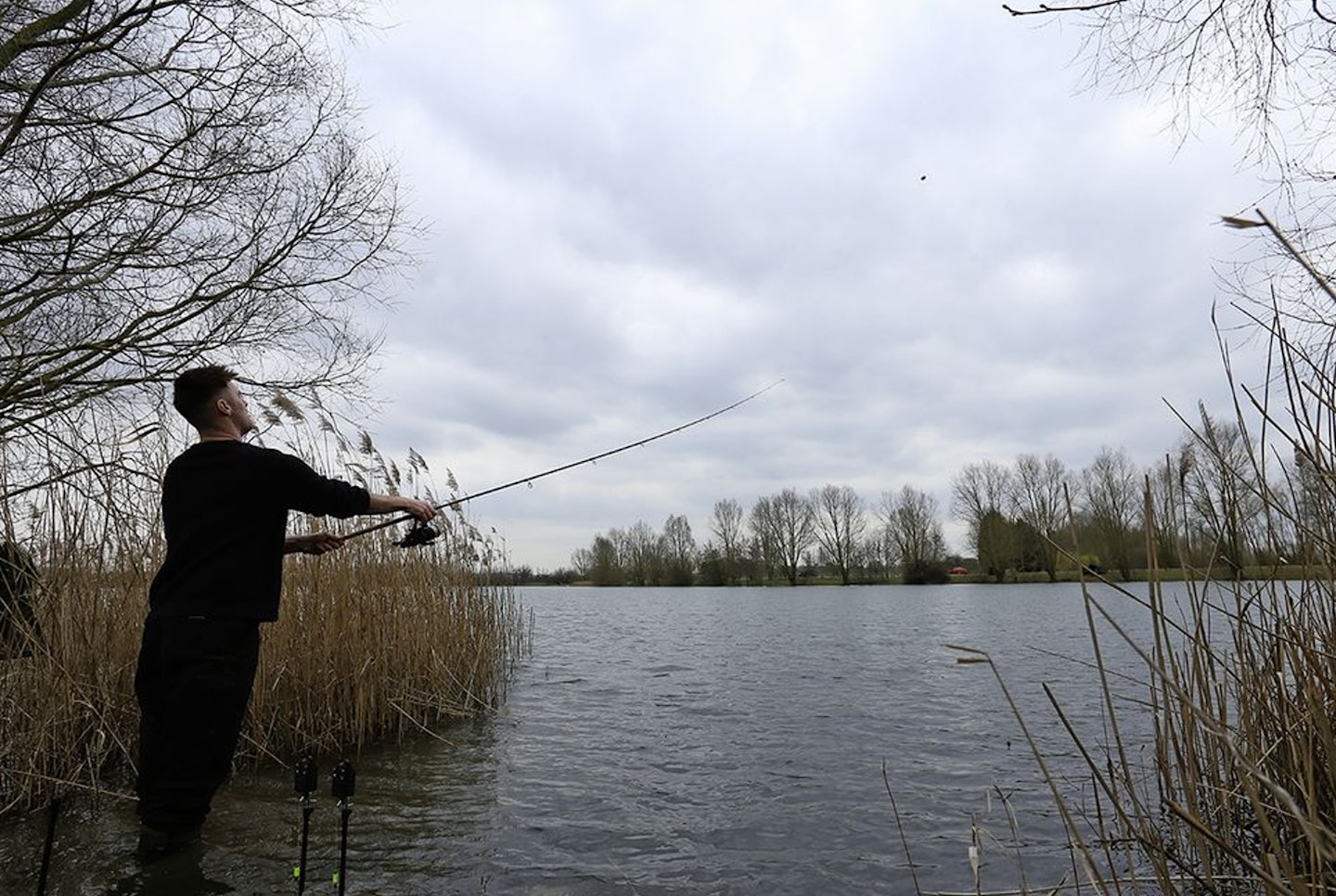
“Patience is a virtue” or “Good things come to those who wait”
One of those clichés that makes us roll our eyes in the company of non-anglers. “You must be so very patient,” or “oh, I couldn’t sit there for that long with nothing happening”. But surely, our sport does need a measure of patience?
That depends on which branch of angling you pursue. If you’re a specimen angler on a rock-hard venue, you might need to sit on your hands for weeks. In so many other instances, however, impatience is our best asset. Many of the greatest match and lure anglers are fidgets who’ll change things quickly if not much seems to be happening.
Verdict: “Controlled impatience” is a more accurate description of most successful angling.
IF YOU'RE SPENDING A LOT IF TIME ON THE BANK, MAKE SURE YOU HAVE ONE OF THE BEST FISHING BIVVIES.
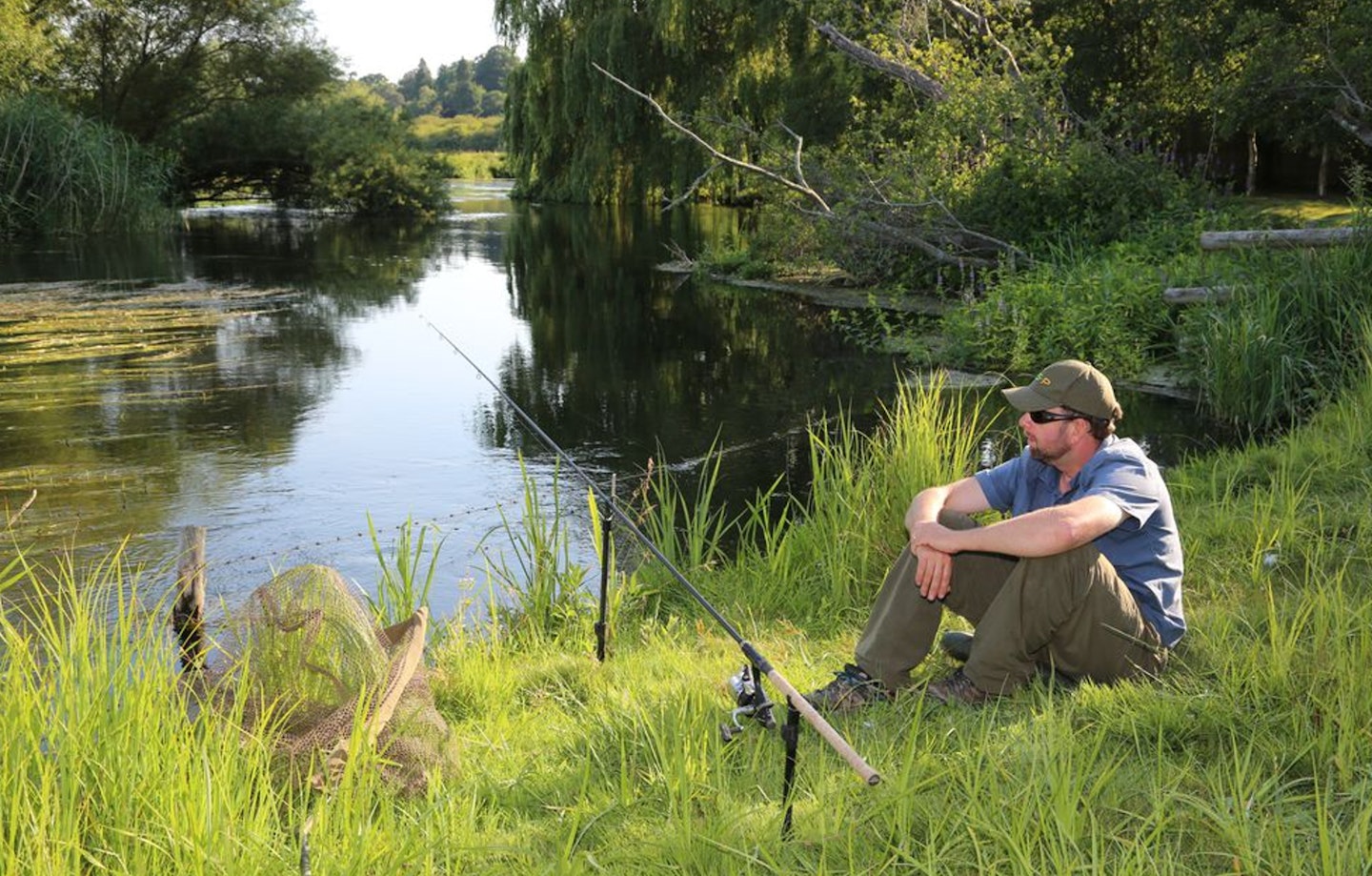
“The gods do not deduct from man’s allotted span the hours spent fishing”
It’s a lovely thought, the idea that the way to live to a ripe old age is to spend plenty of time fishing. But is it true? Surely all that fresh air and relaxation has to be good for you?
Judging by recent studies, there is more to this notion than mere speculation. Experts have shown comprehensively that angling is good for you.
Whether it’s the health benefits of light exercise outdoors, or the sense of purpose, achievement and companionship with others – angling is good for you, it’s official.
Why else would we now be seeing our sport prescribed on the NHS to treat conditions such as depression and PTSD?
Furthermore, some of our greatest anglers have had impressive innings. Just think of Izaak Walton living to 90, an incredible age for one of Shakespeare’s contemporaries. Or “Mr Crabtree” creator Bernard Venables, who fished right until the end of his 94 years.
Verdict: It’s a fact: angling can help you to live a healthier, longer life!

“Nothing makes a fish bigger than almost being caught”
We’ve all been there. The float dips, the rod heaves over. Just when you think you’re winning, the line goes slack. In your imagination, there’s that sick feeling it was the fish you’d been waiting for all day, if not all season.
But do we habitually overestimate the size of the fish we lose? That depends. Every angler is an optimist on some level – but it’s also true that we’re more likely to lose bigger fish, simply because they put more pressure on our tackle.
Verdict: The vast majority of us overestimate lost fish. That’s no bad thing if it keeps us keen!
USING ONE OF THE BEST FISHING REELS WILL MINIMISE THE AMOUNT OF FISH YOU LOSE!
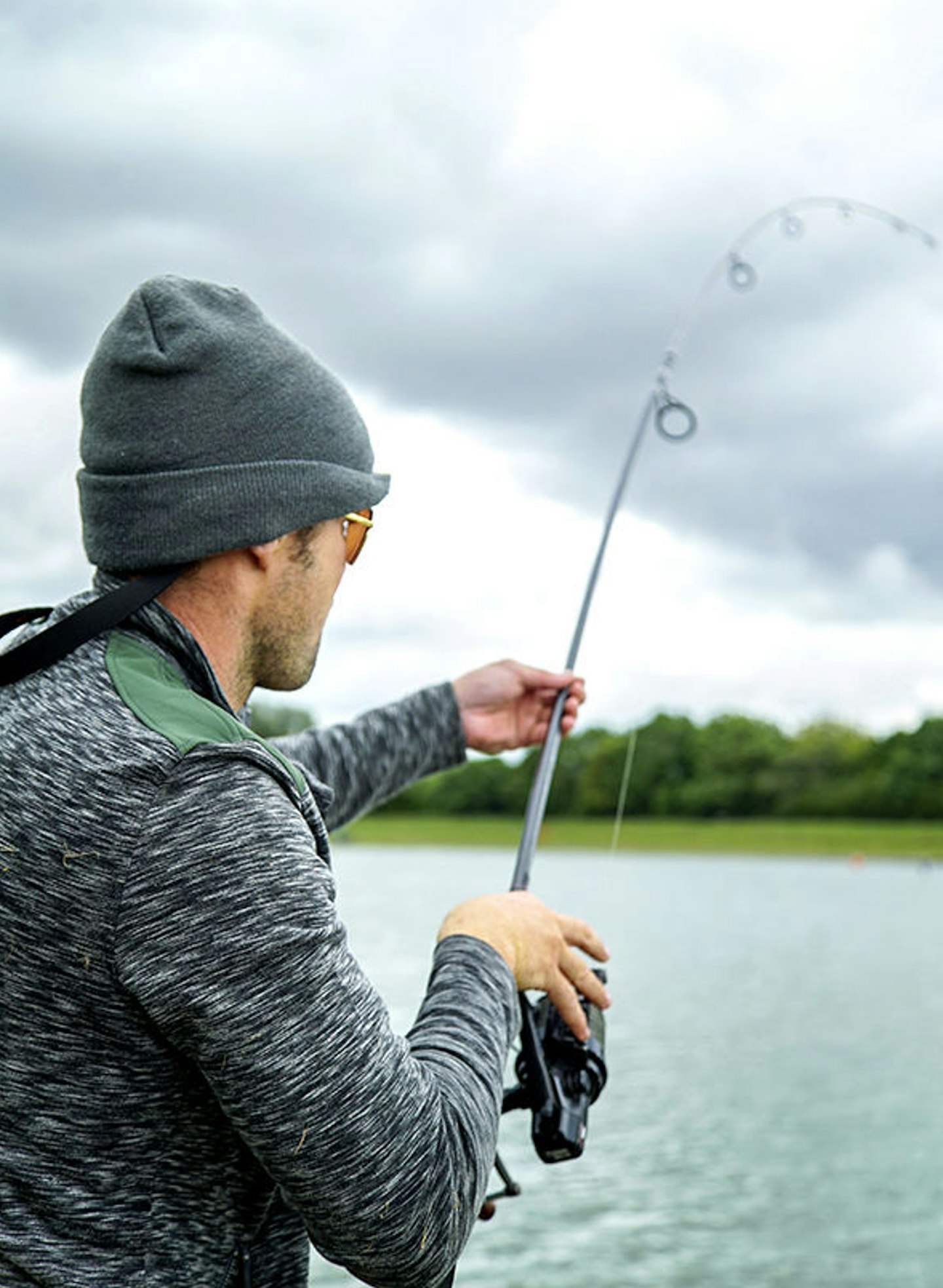
“There are two types of angler – those who fish for sport and those who fish for fish”
Anglers are definitely wired in different ways, but can we categorise ourselves into compulsive weight collectors and those who love fishing for its own sake? Undoubtedly, there are specimen and match anglers whose enjoyment is heavily reliant on pounds and ounces. Similarly, there are those who can honestly say they find contentment in fish of any size, or even enjoy a blank day.
Can we really split anglers so readily, though? Even the most laid-back purist wants to be successful, while there are anglers with impressive CVs who are still big kids at heart.
Verdict: Most of us are a bit of both, seeking success but not consumed by it.
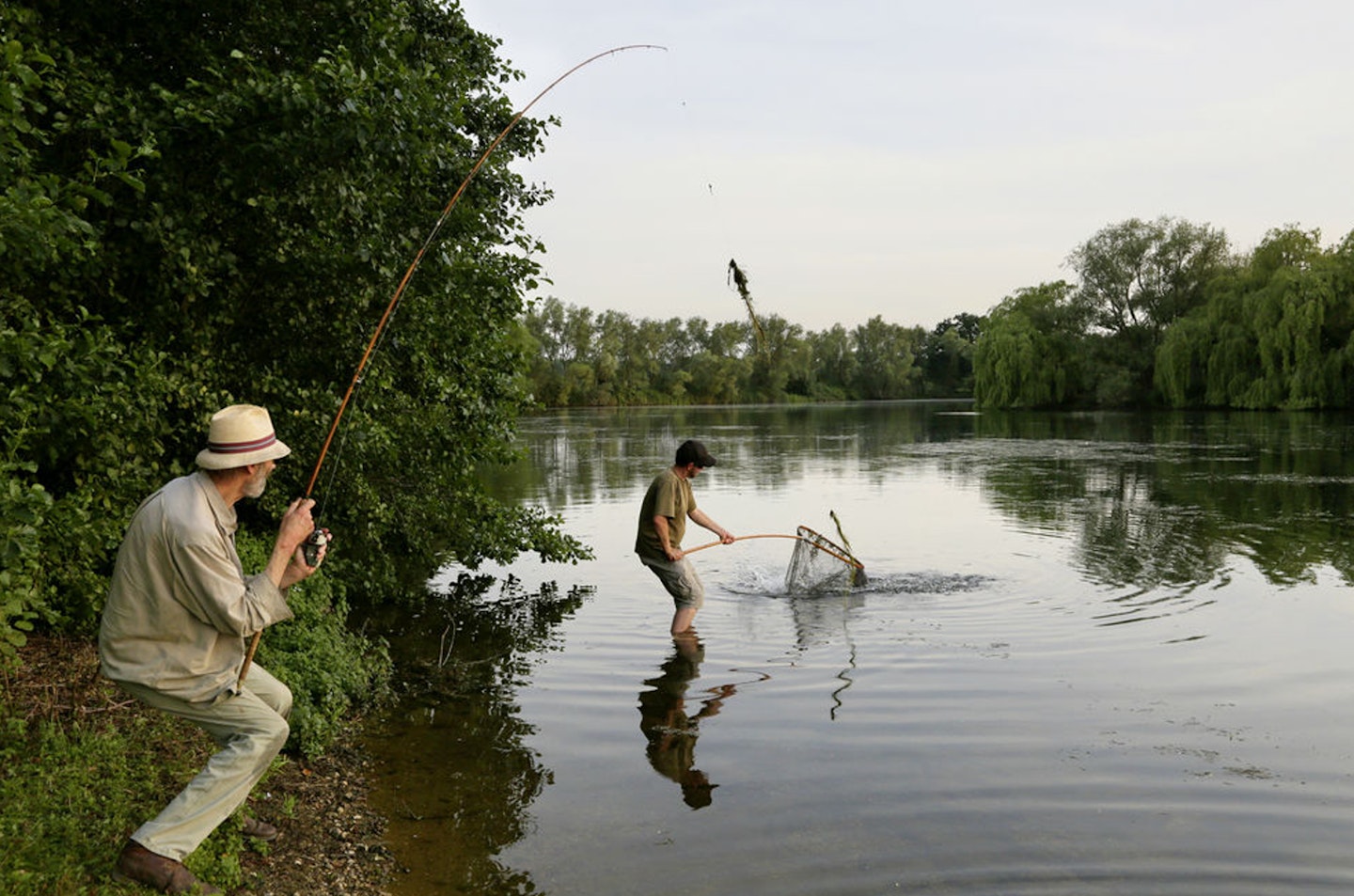
“You can’t win off a bad peg”
These are perhaps the favourite words of consolation to any match angler after a poor day. At big events these days, some anglers won’t bother tackling up if they feel their peg is a stinker!
But is it ever as hopeless as we might fear when that mediocre spot is drawn?
The history of match fishing is littered with exceptions to this rule. Even on venues that are a bit “peggy”, ours is a sport of twists and turns. Fish have fins, after all, and conditions can shift them around or produce strange outcomes.
All anglers have good and bad days, too, so even the best pegs are never totally nailed on.
Verdict: There’s only one way to guarantee that any peg is a no-hoper, and that’s not to give it your best shot!
IF YOU'RE A KEEN MATCH ANGLER, IT'S IMPERATIVE YOU ARE USING THE BEST KEEPNETS TO RETAIN YOUR CATCH.
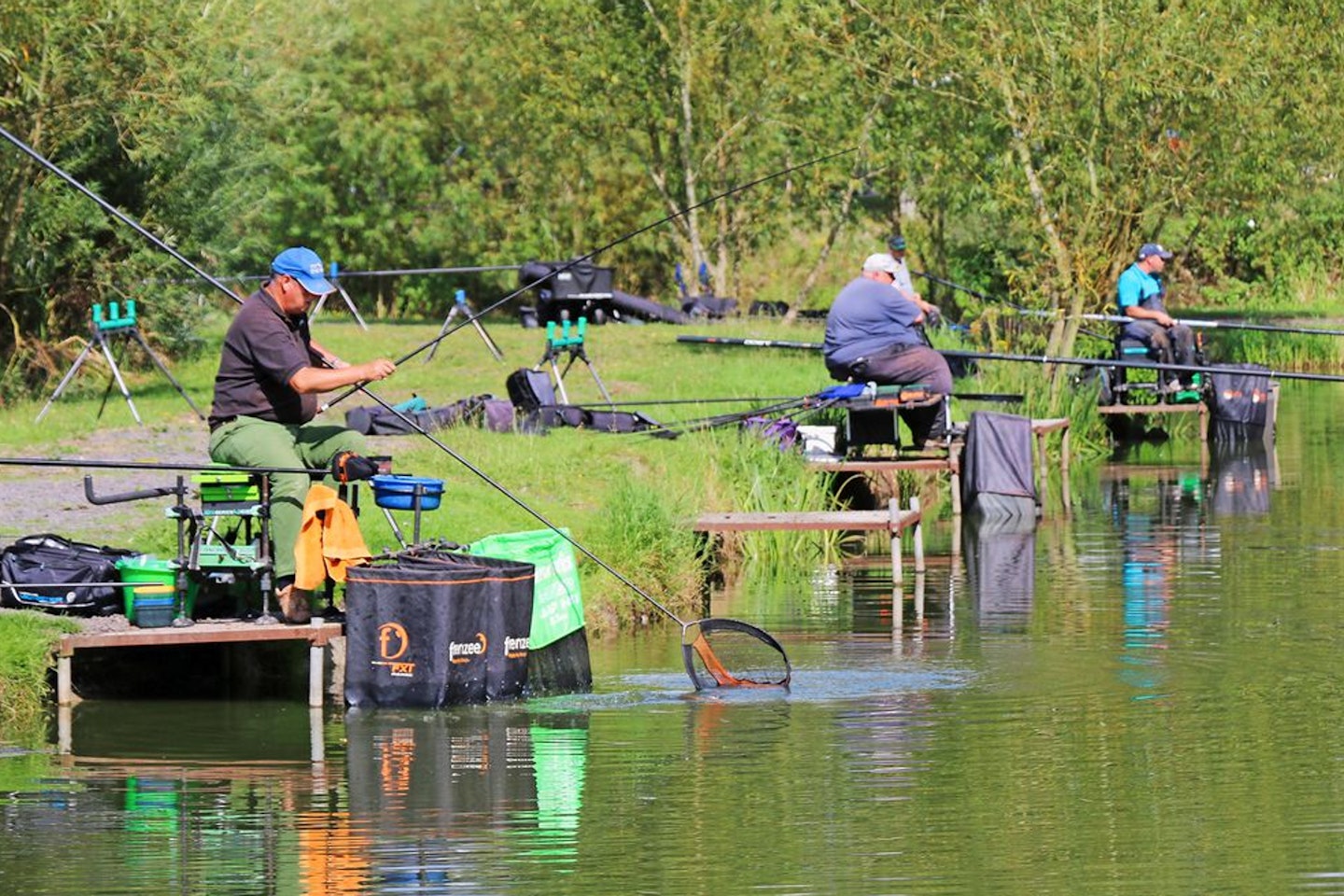
“Use a big bait for a big fish”
This is a classic bit of logic that a lot of us still swear by. It sounds sensible, but is it actually true? Well, yes and no. If you want to be selective in your fishing, there are definitely times when a larger bait can be handy.
That’s not to say large fish won’t accept tiny baits, however. Just look at specimen carp or tench grubbing around for bloodworms. It’s perhaps more the fact that something like a big boilie stands more chance of finding your intended target, as it’s not going to be shredded to pieces by tiny fish.
In specific branches of fishing, a large bait also makes perfect sense. Big baits are easier for fish to find, as they’re easier to spot and release more scent – you’d prefer a big lump of meat to double maggot on a flooded barbel river, for instance.
There are always exceptions. Sometimes the largest lure will catch tiny jack pike – just as smaller offerings can trick wary specimen fish, especially on venues where everyone’s using similar, large baits
Verdict: If only it was that simple!
THERE ARE LOTS OF GREAT ADDITIVES, BOOSTERS AND LIQUIDS TO ADD TO MAKE YOUR BAITS EVEN MORE ATTRACTIVE.
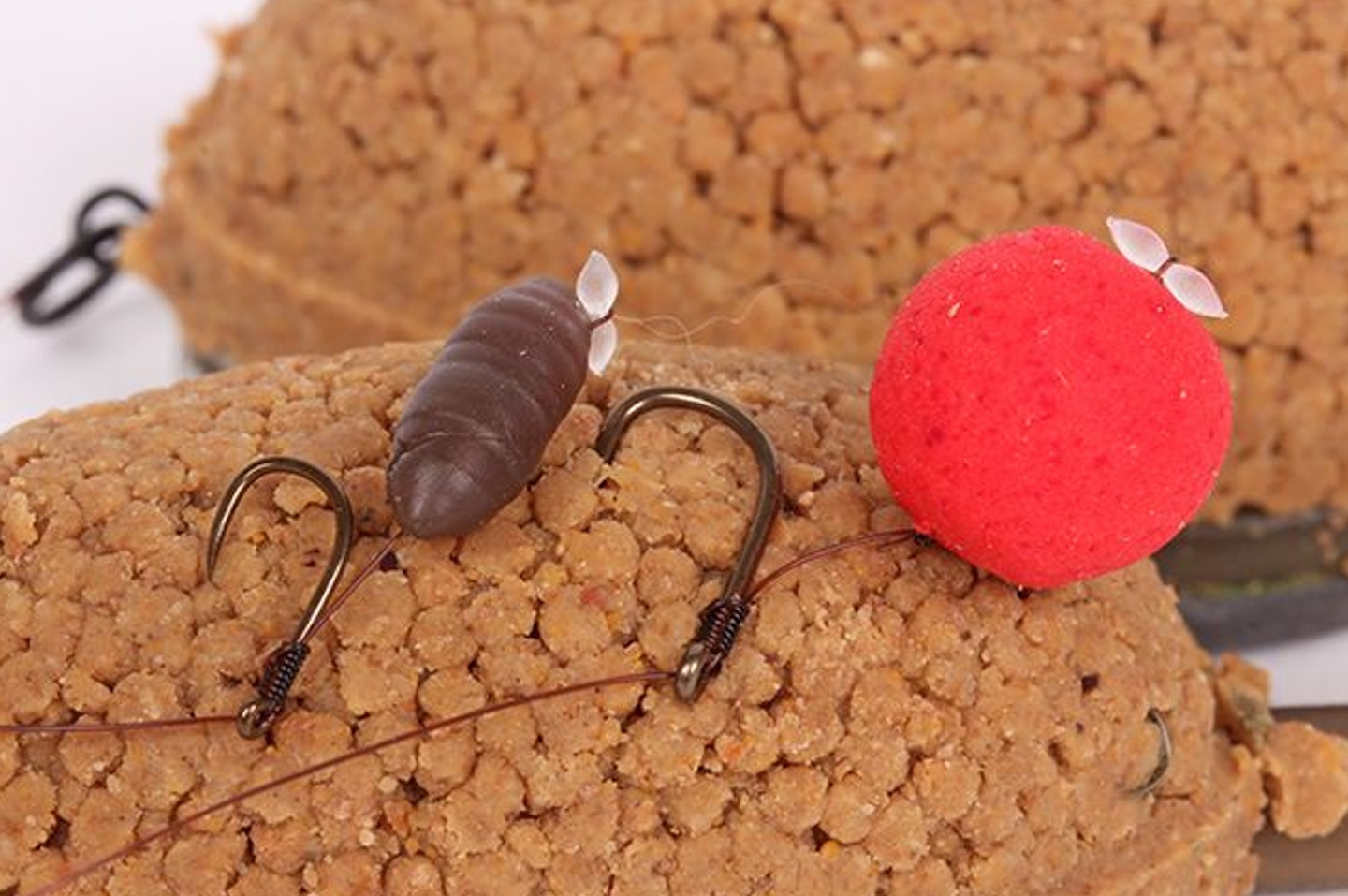
“You can put it in, but you can’t take it out…”
Stop your sniggering, this saying applies strictly to baiting up. And surely there’s more than a whiff of truth to it? How many anglers kill a swim or delay their next run for hours by adding too much feed in one go? Once you’ve dumped in a few kilos, there’s no turning back.
“Feel your way in” is a wiser way of putting it. Starting softly is a lower risk option. You can always add more bait later if there’s a response.
Verdict: On the whole, it’s good advice to bait with care. Start with a catapult, rather than a shovel!
BAITING UP WITH A SPOMB IS THE BEST WAY TO INTRODUCE LOOSEFEED AT RANGE, READ OUR BUYERS GUIDE FOR THE BEST OPTIONS.
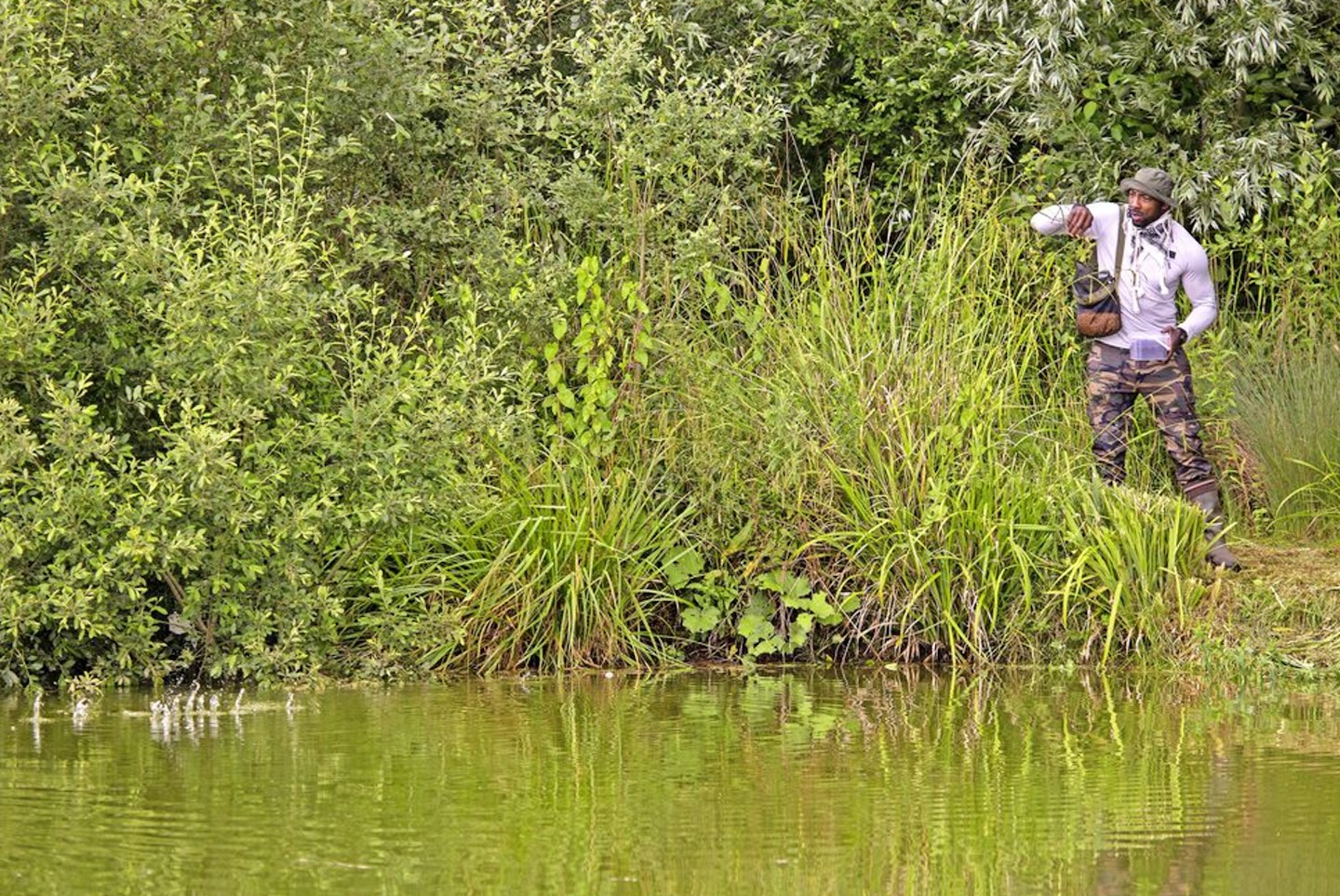
This page is a free example of the amazing content Angling Times Members get every single week. Becoming an Angling Times Member gives you access to award-winning magazine content, member rewards, our back issue archives, bonus content and more! Join our fishing community and find out more today!
